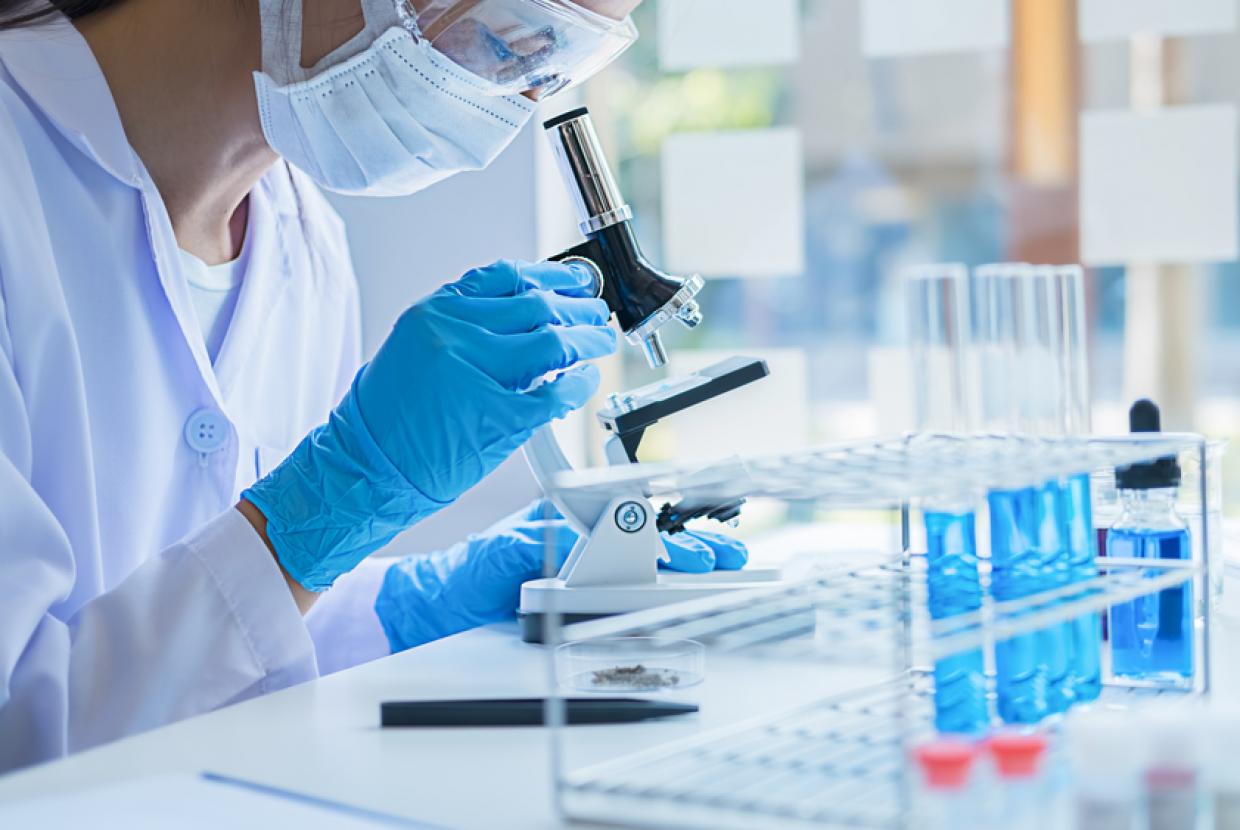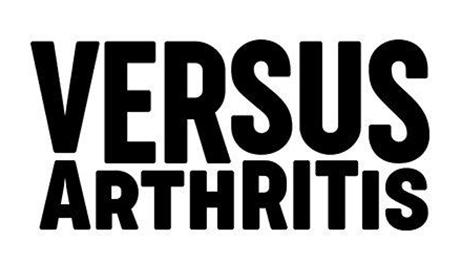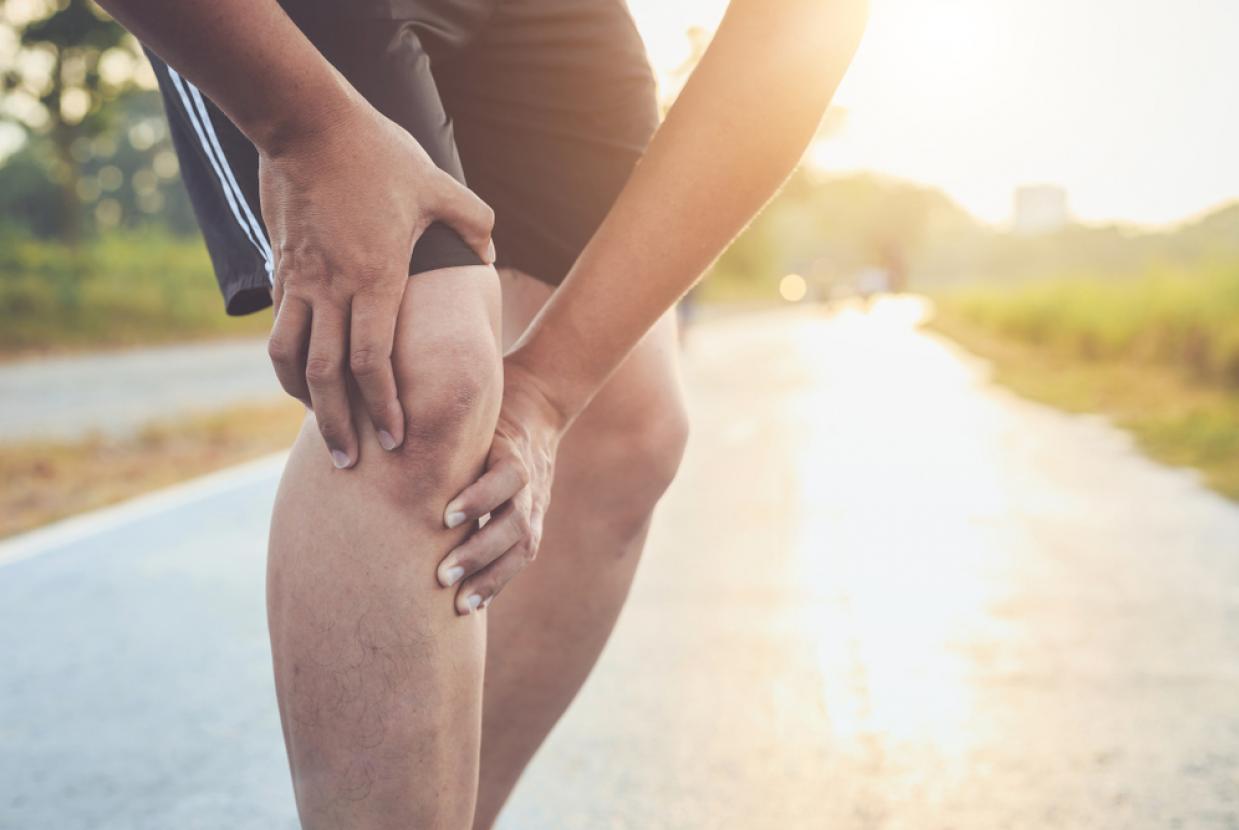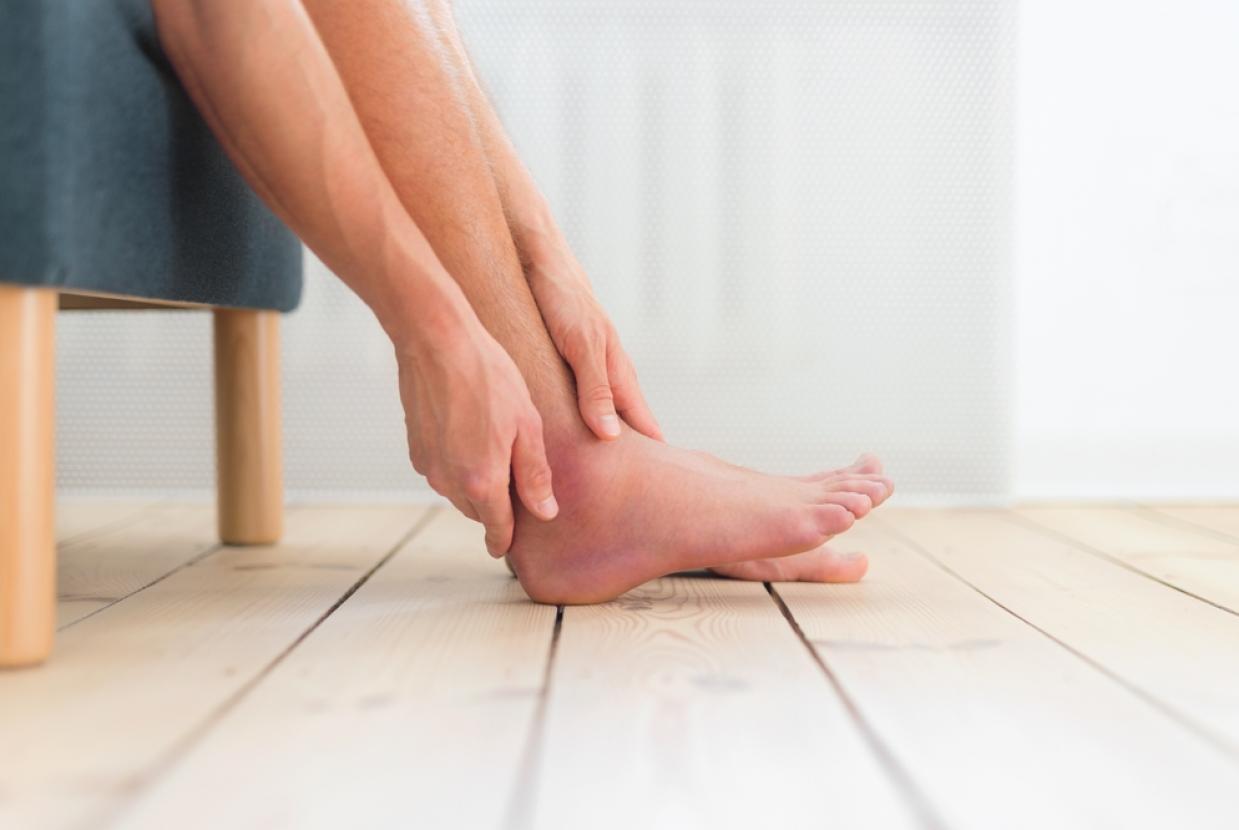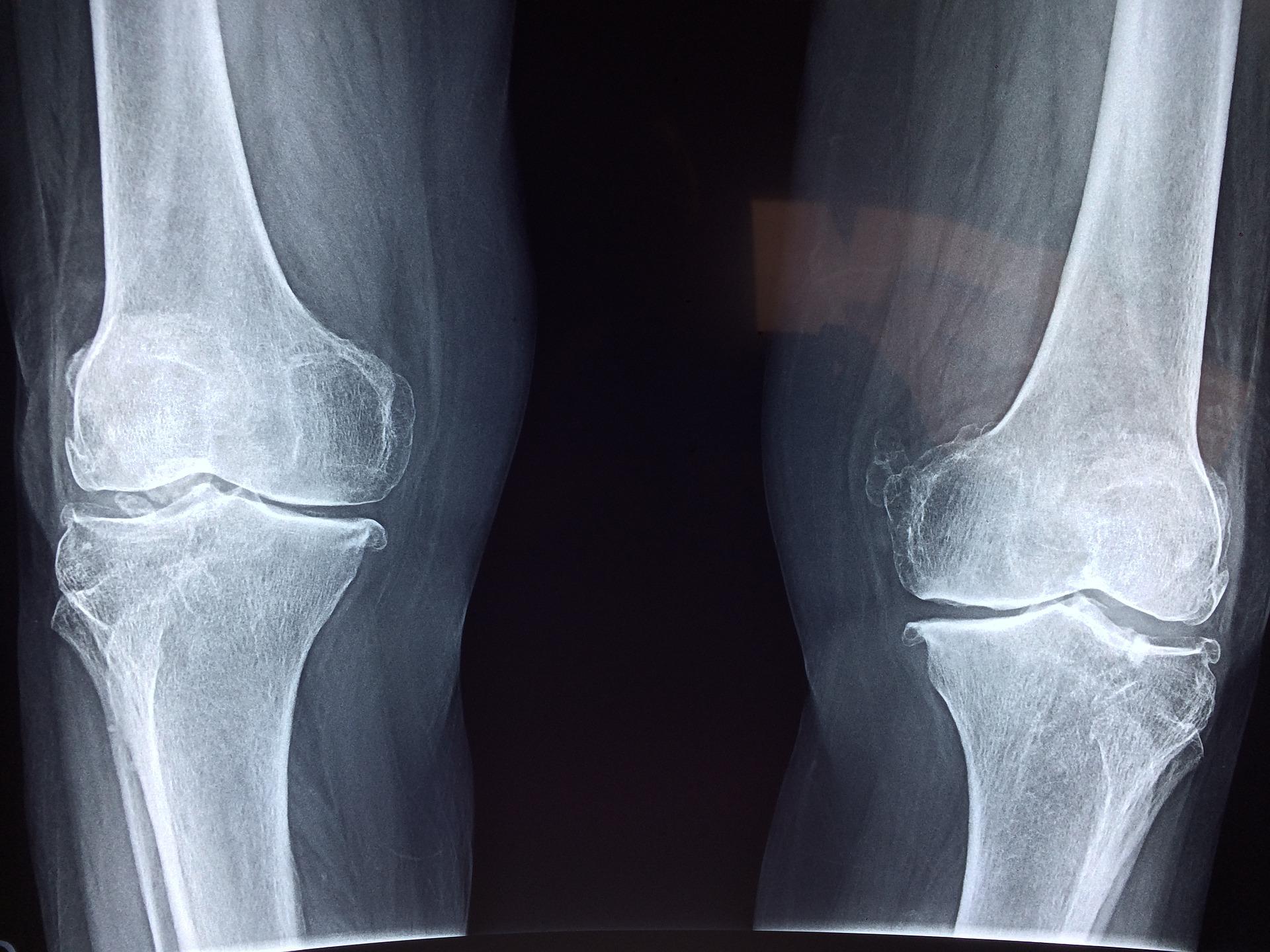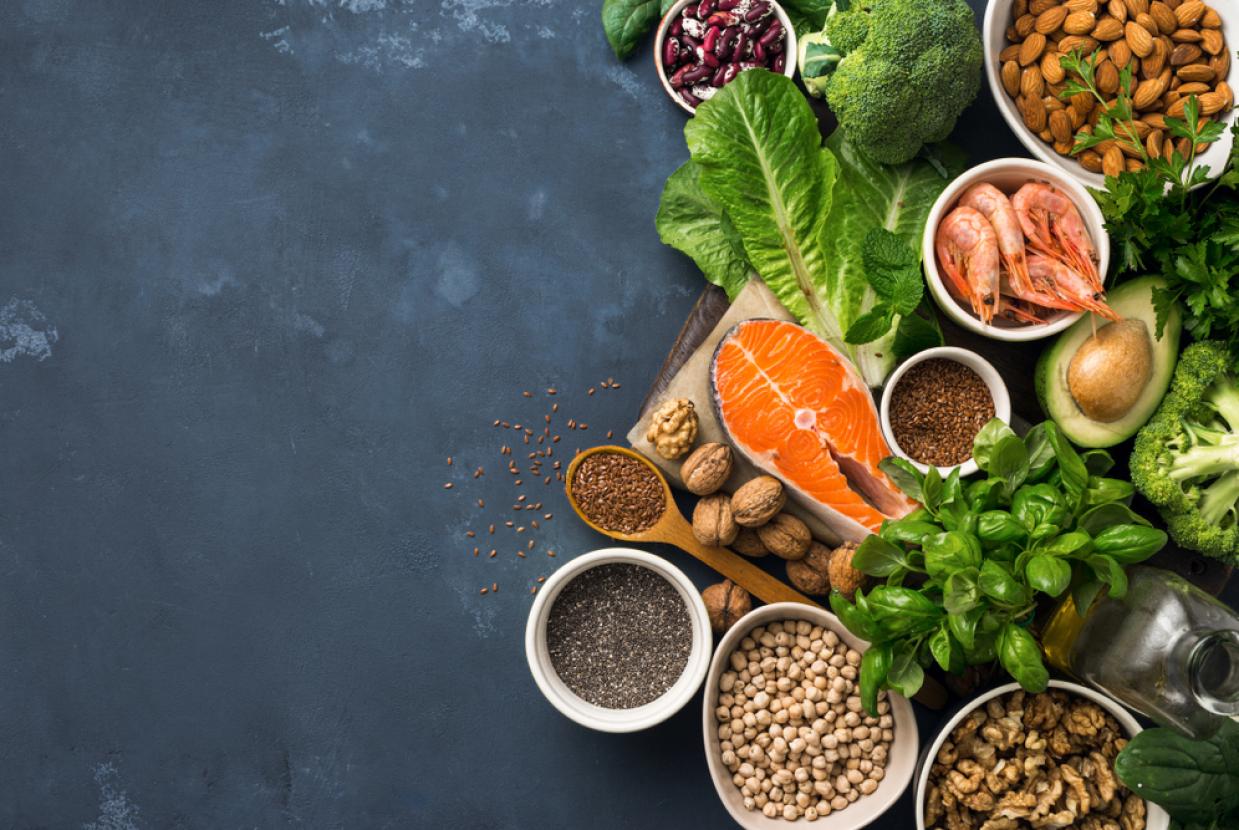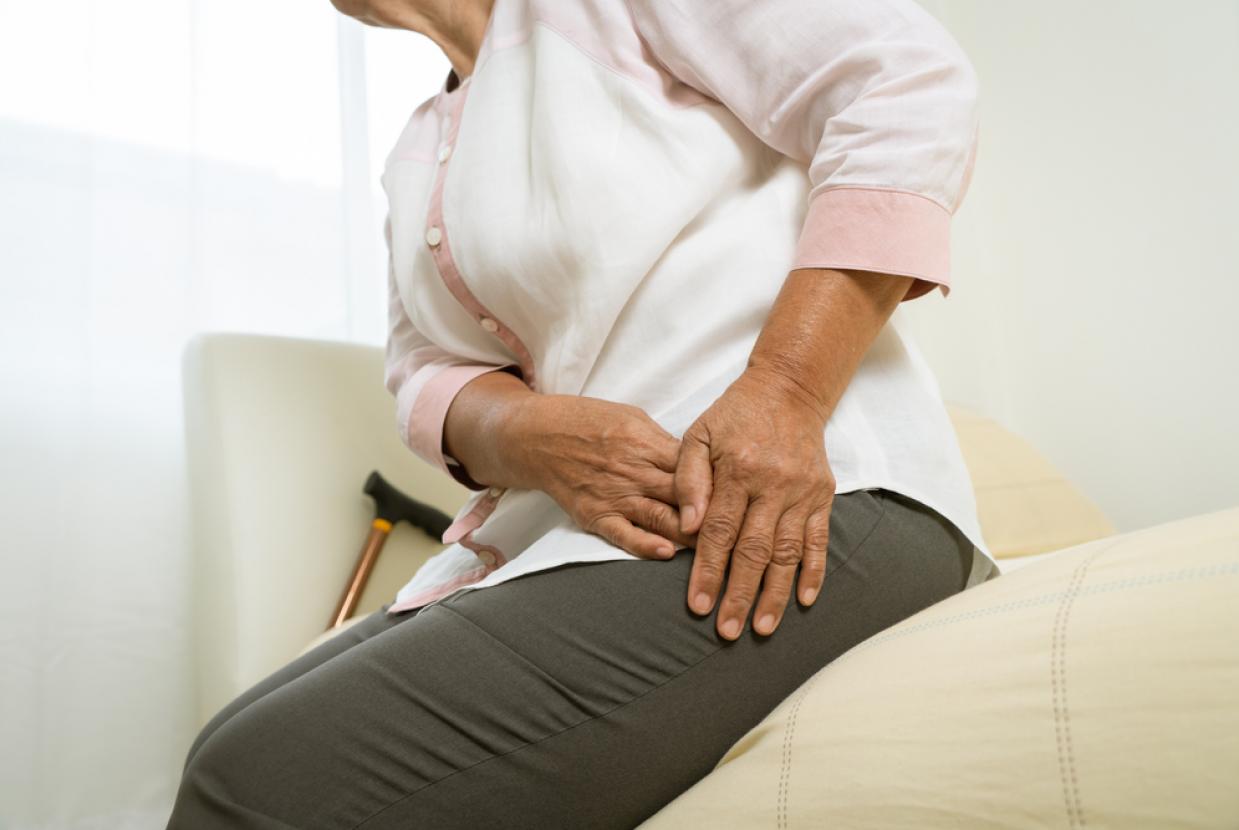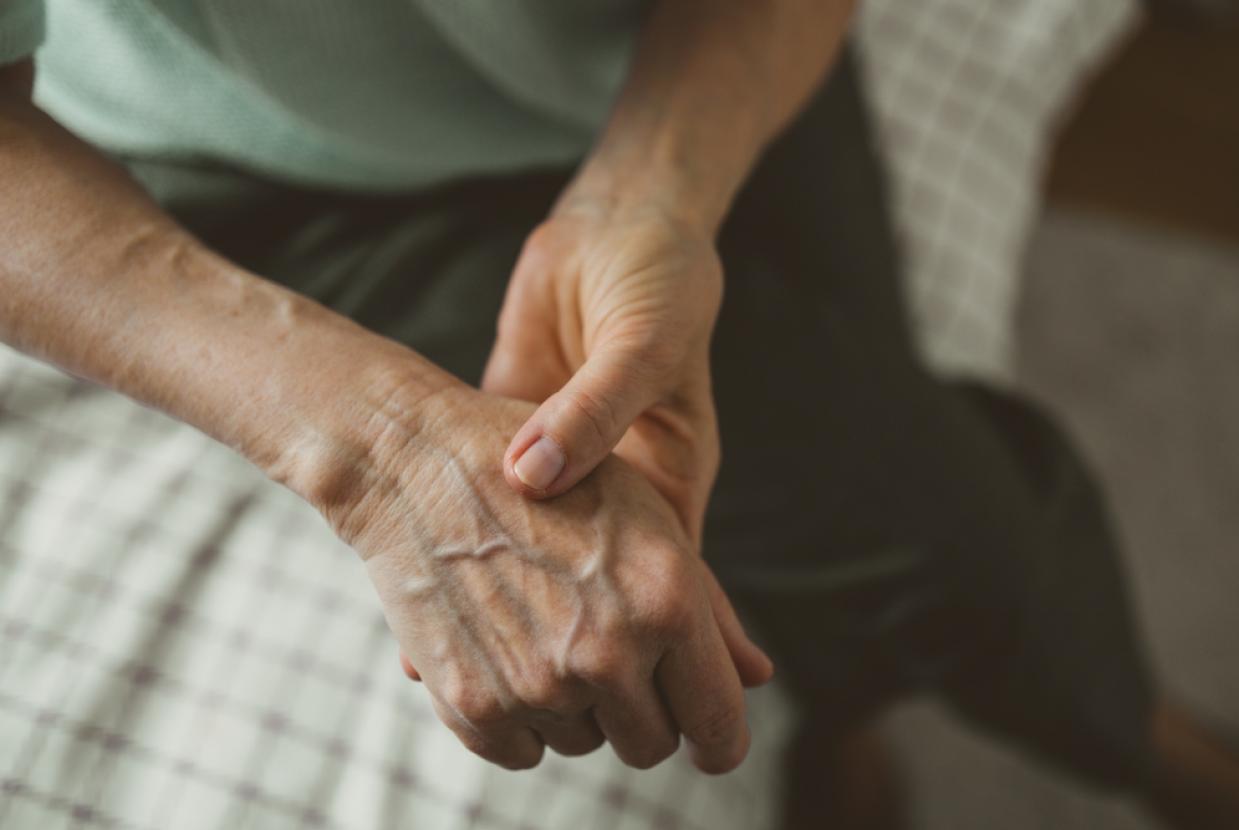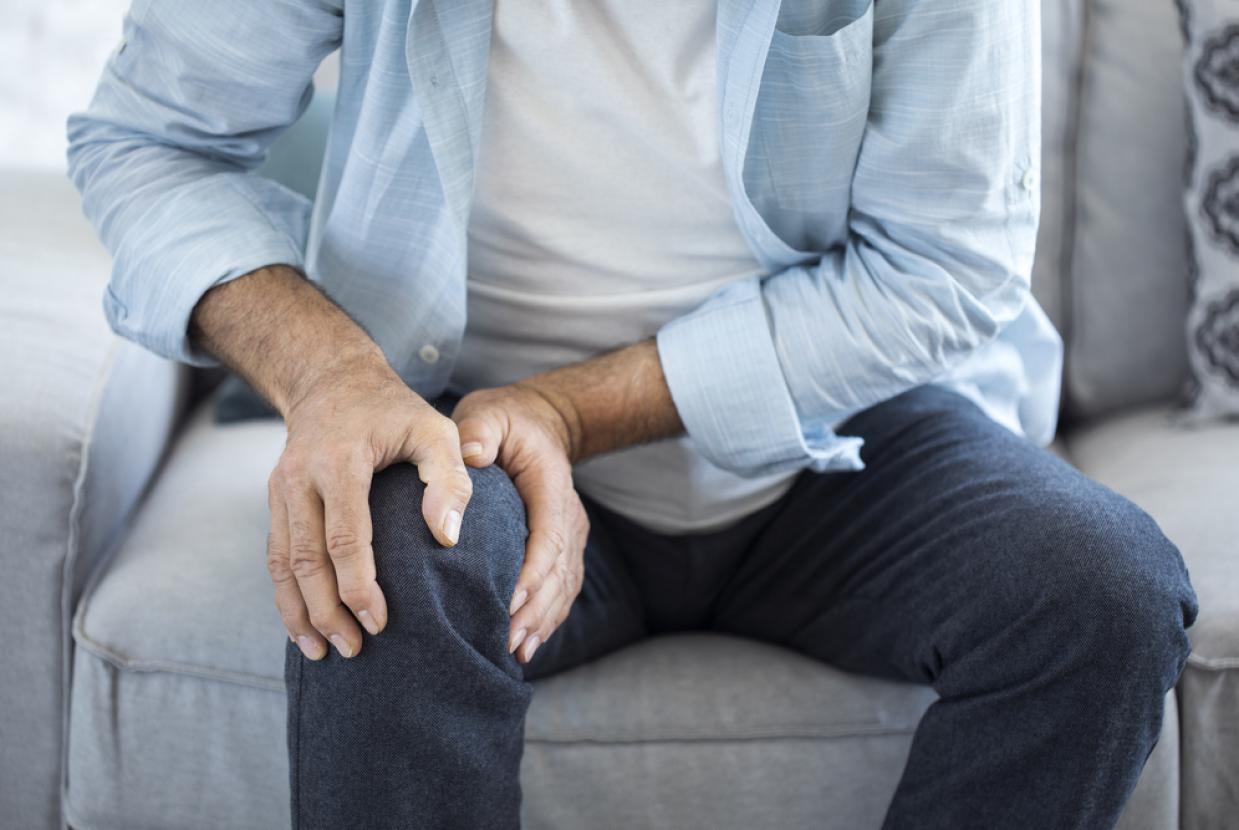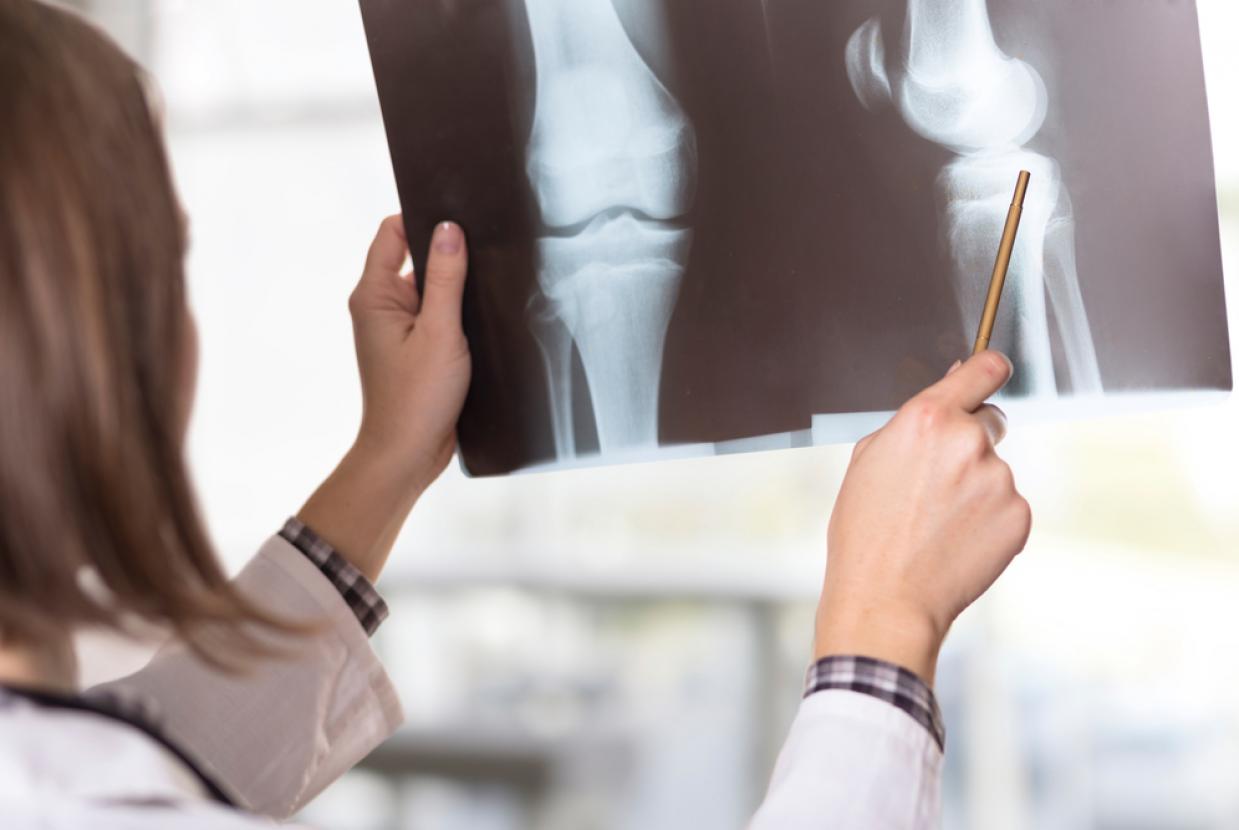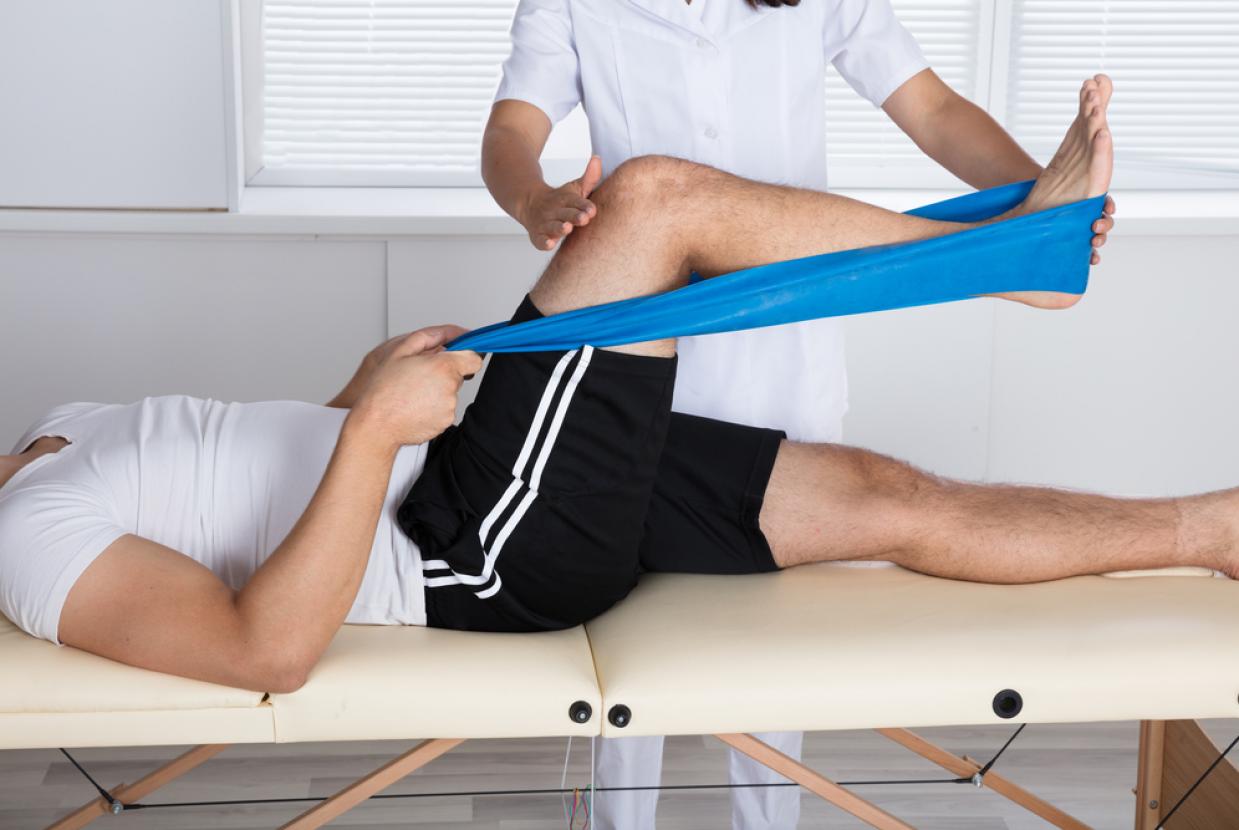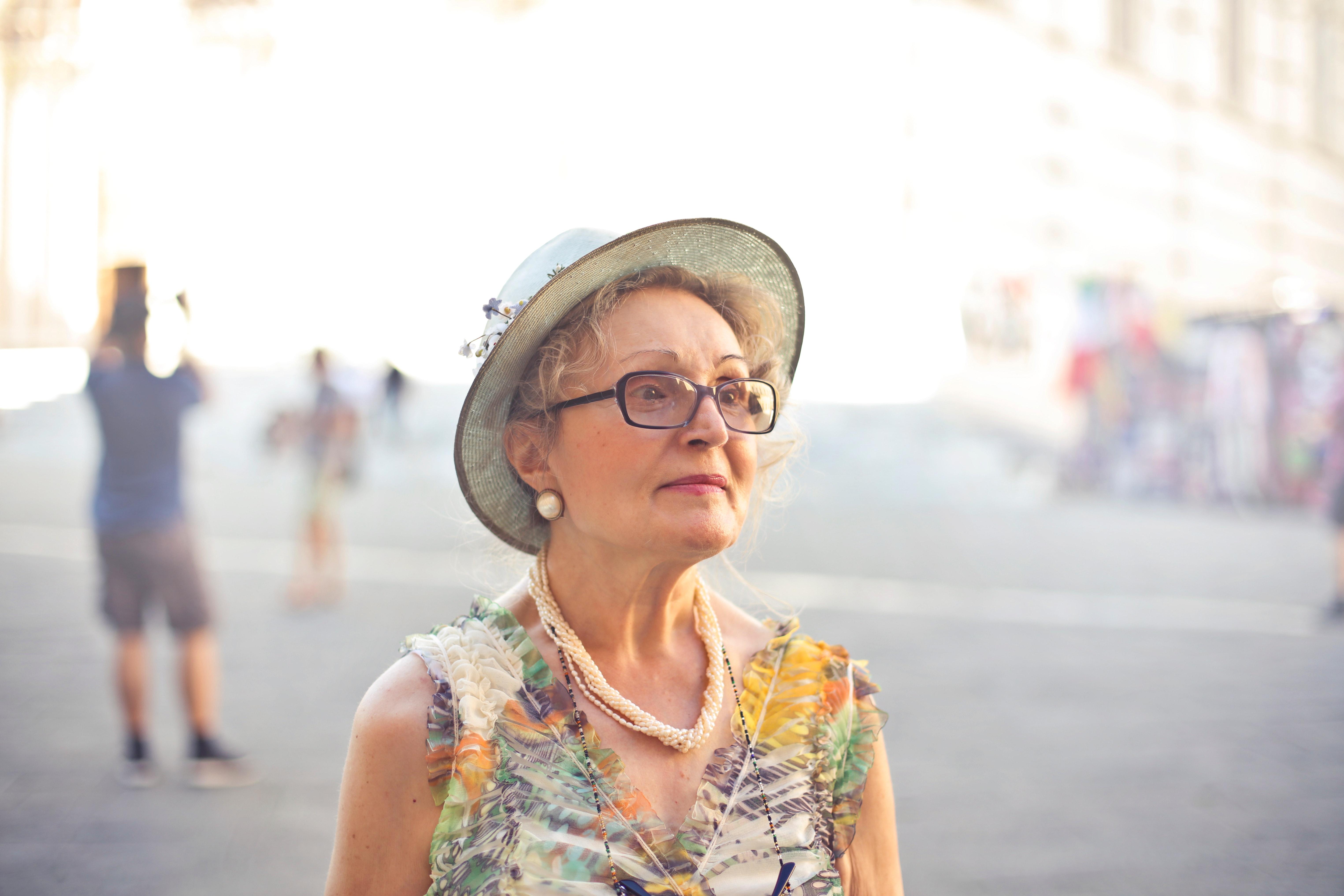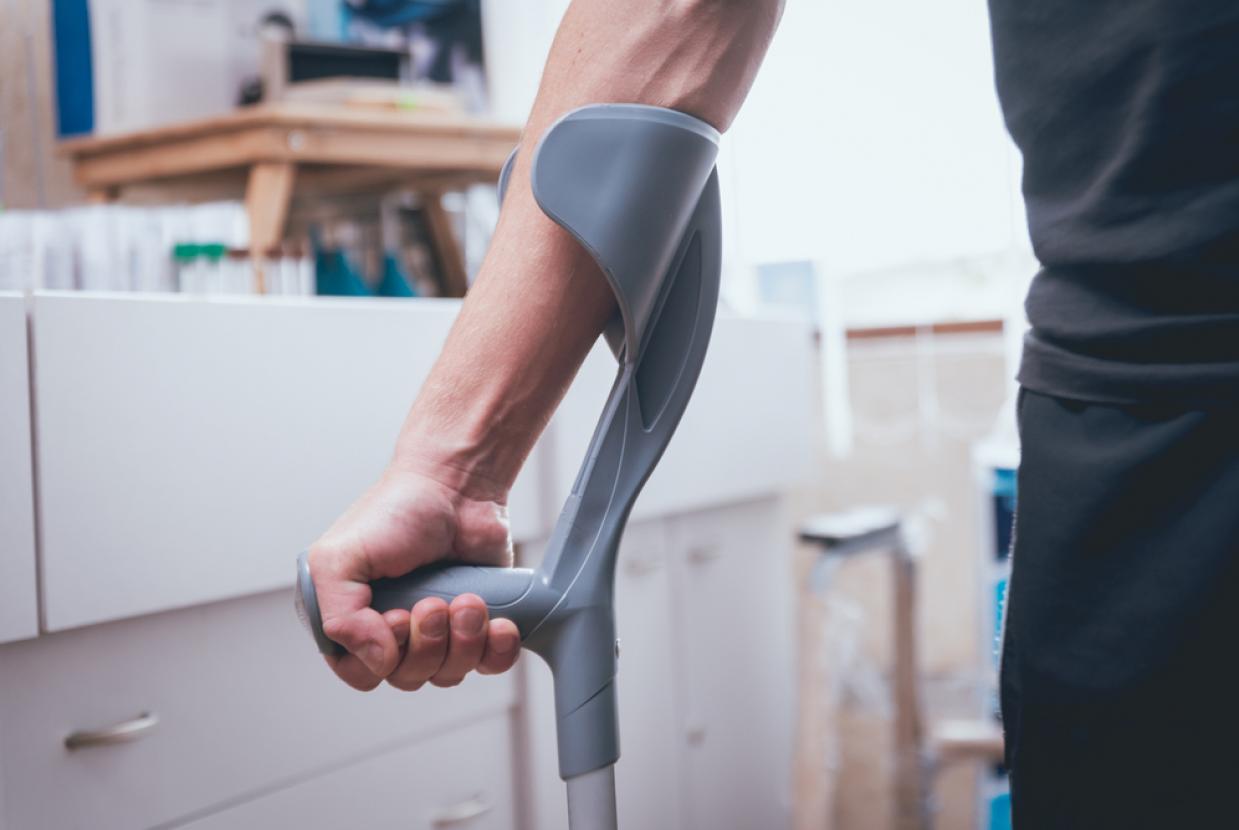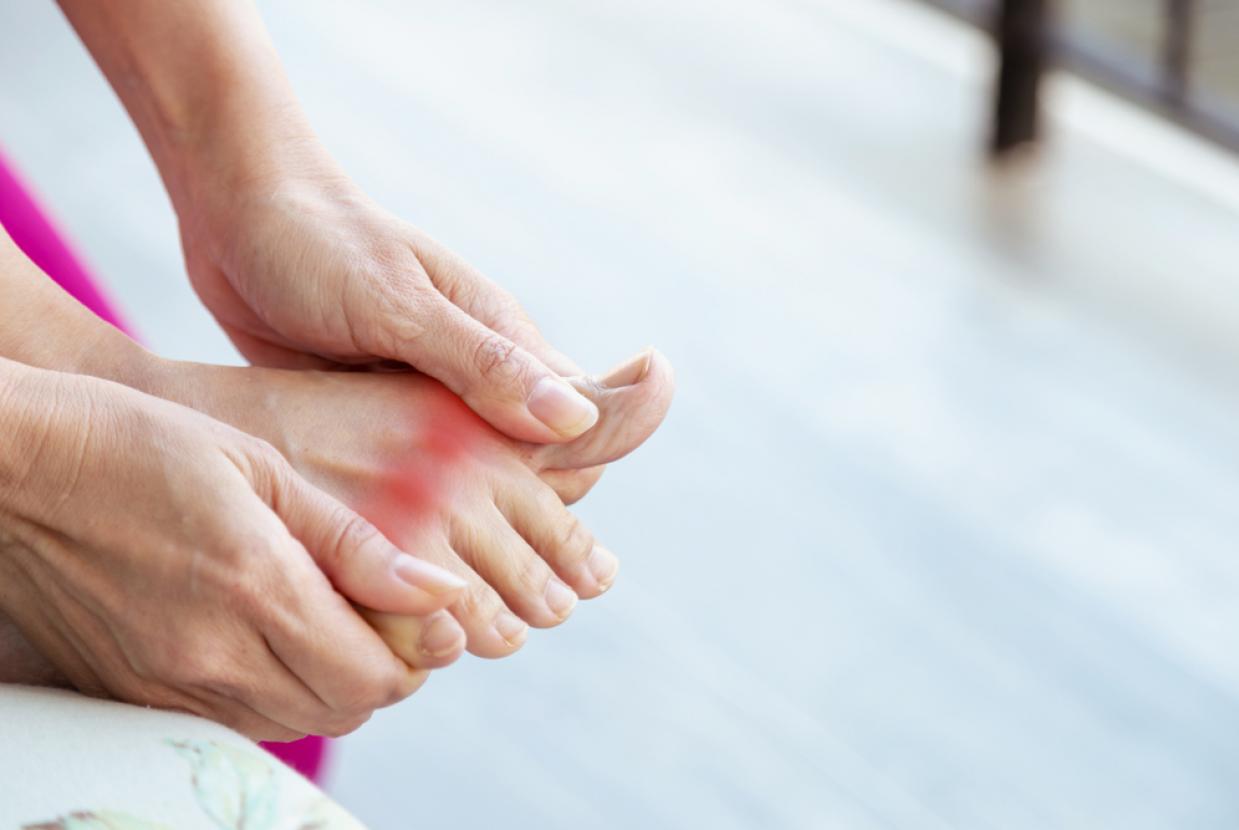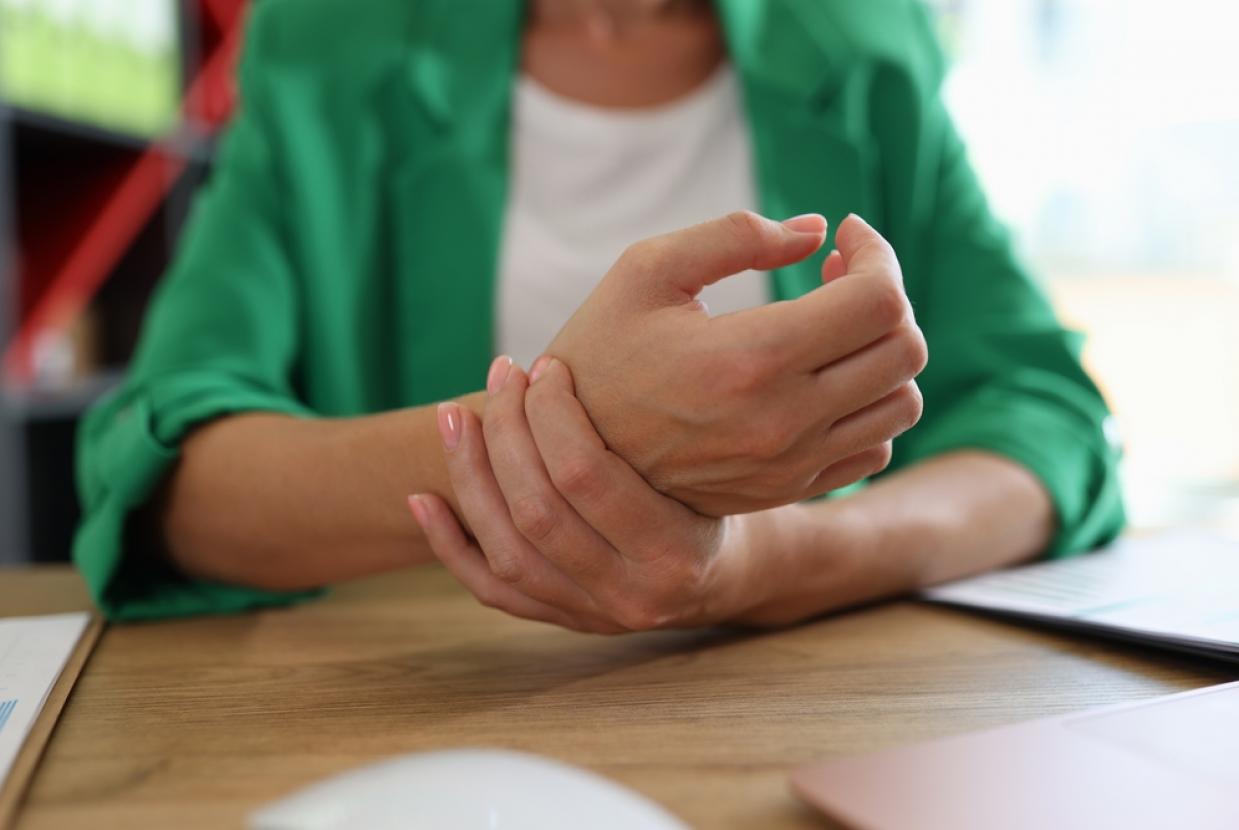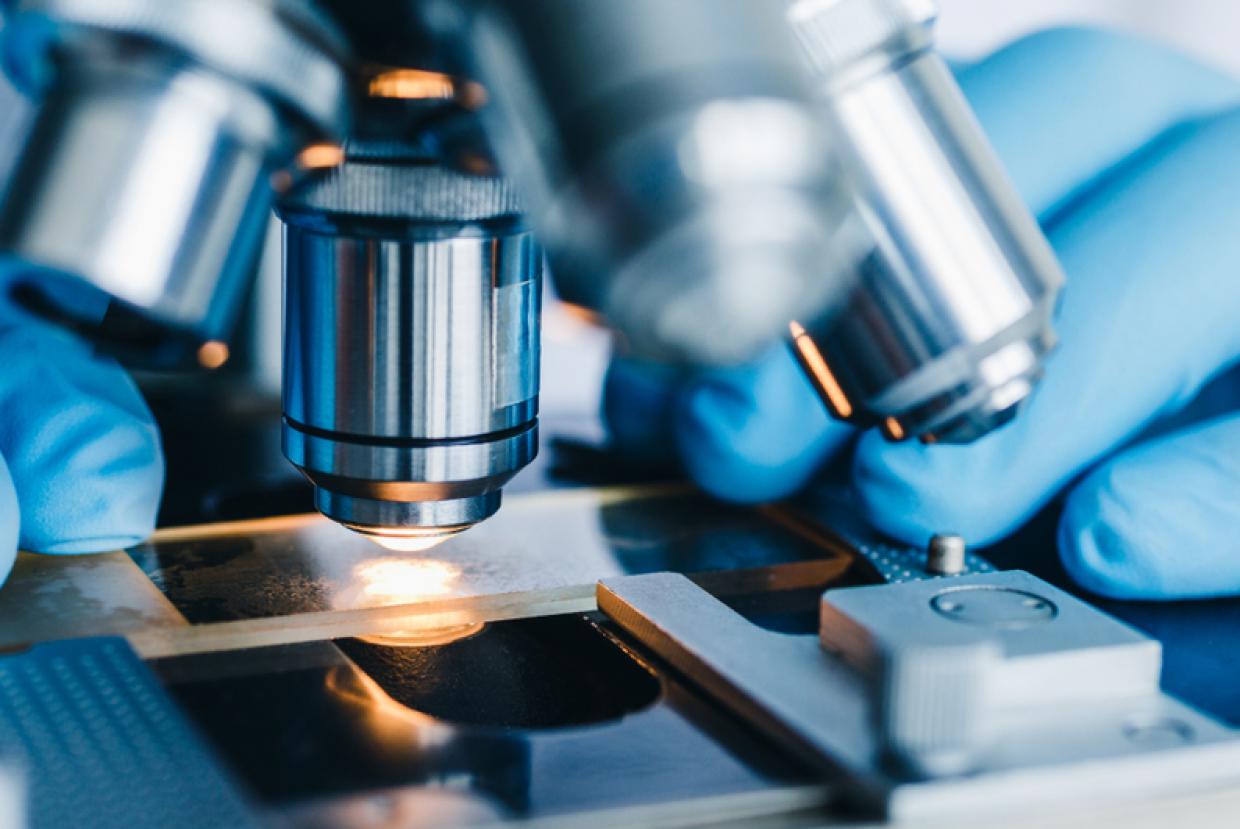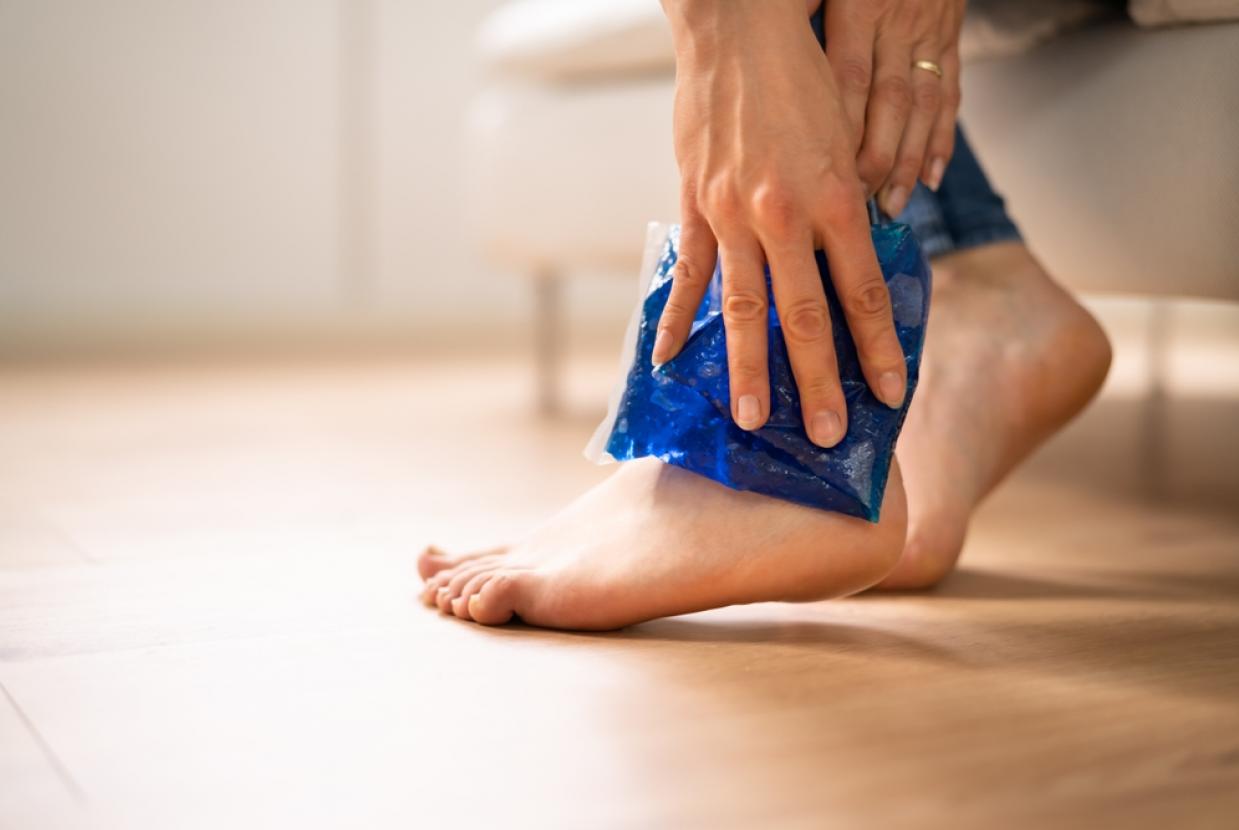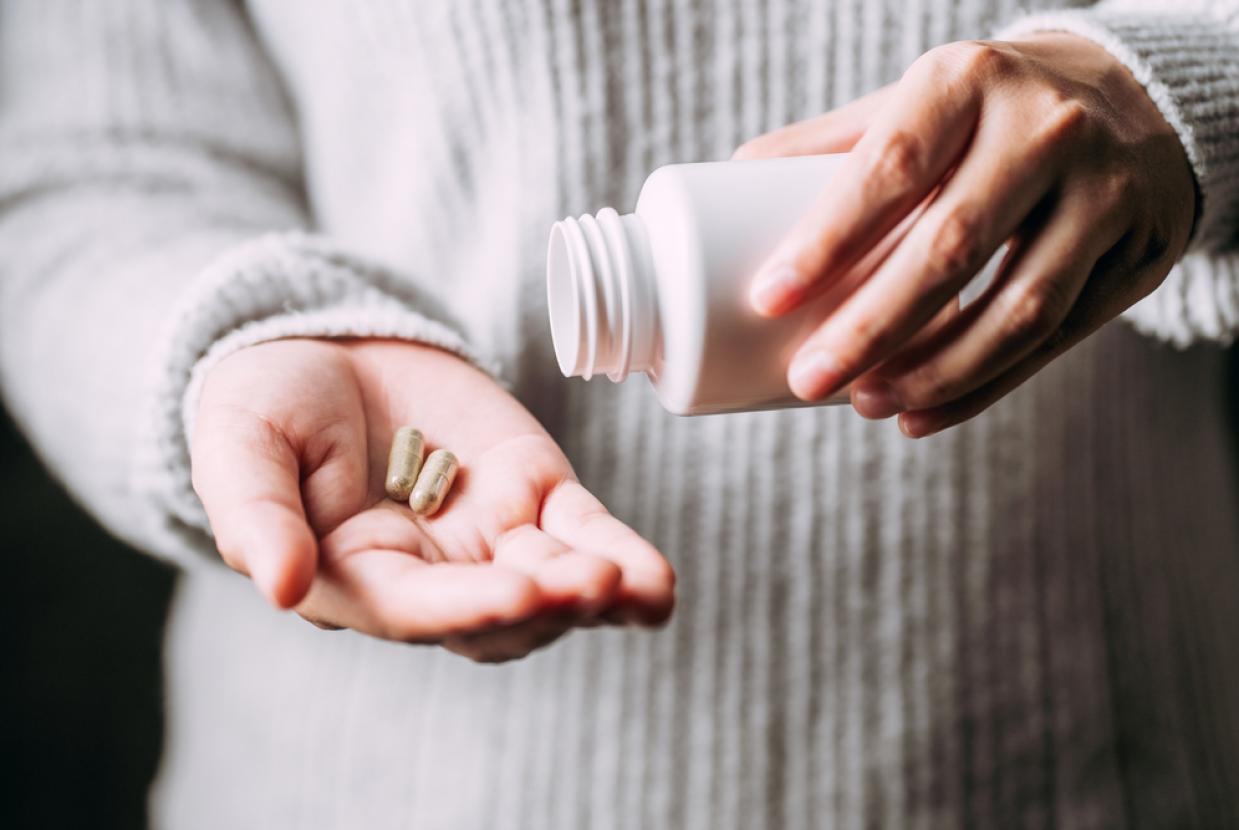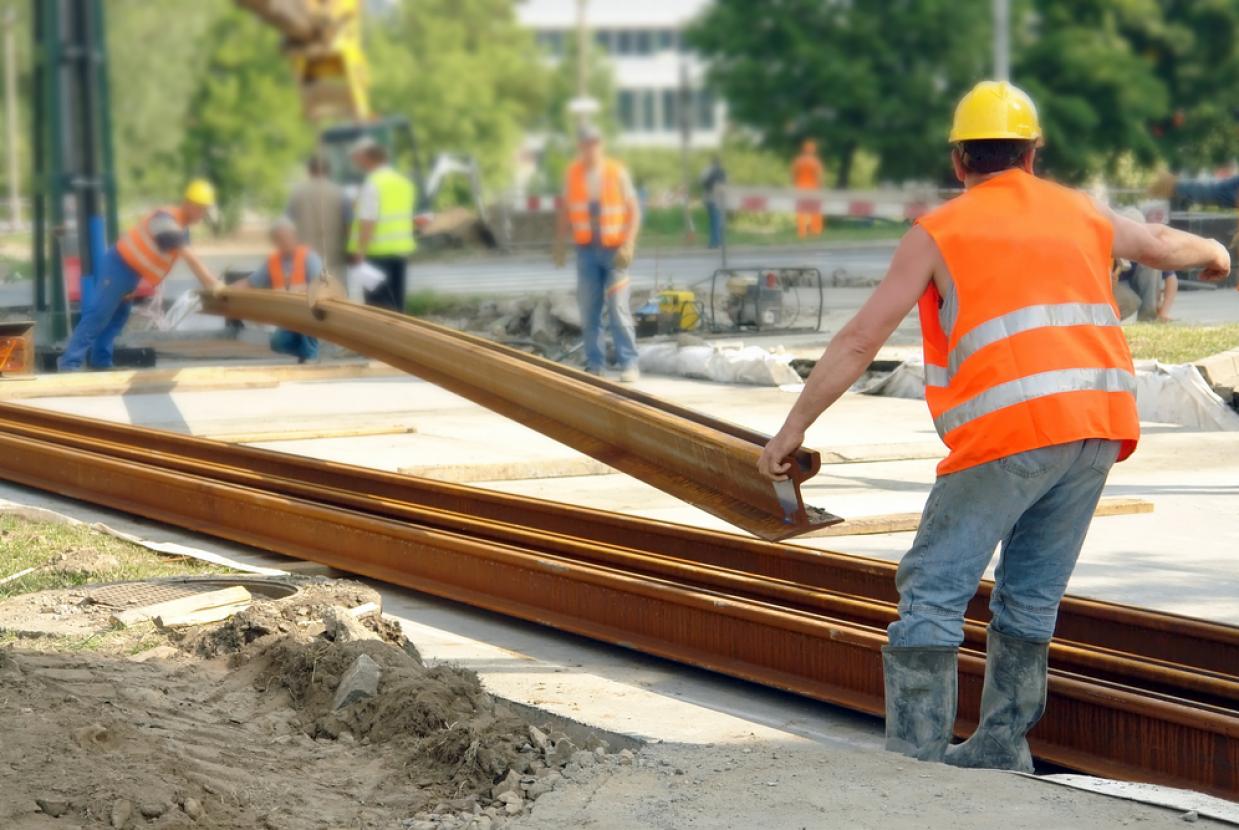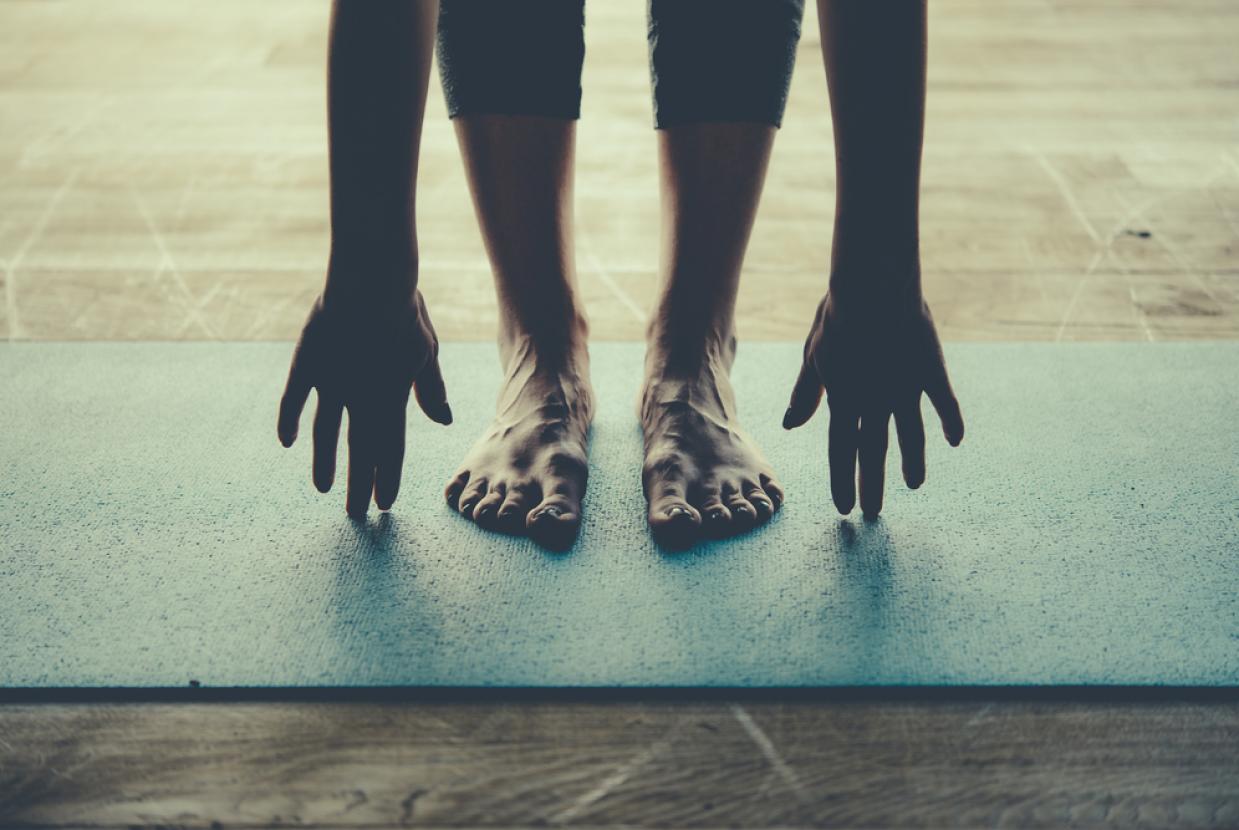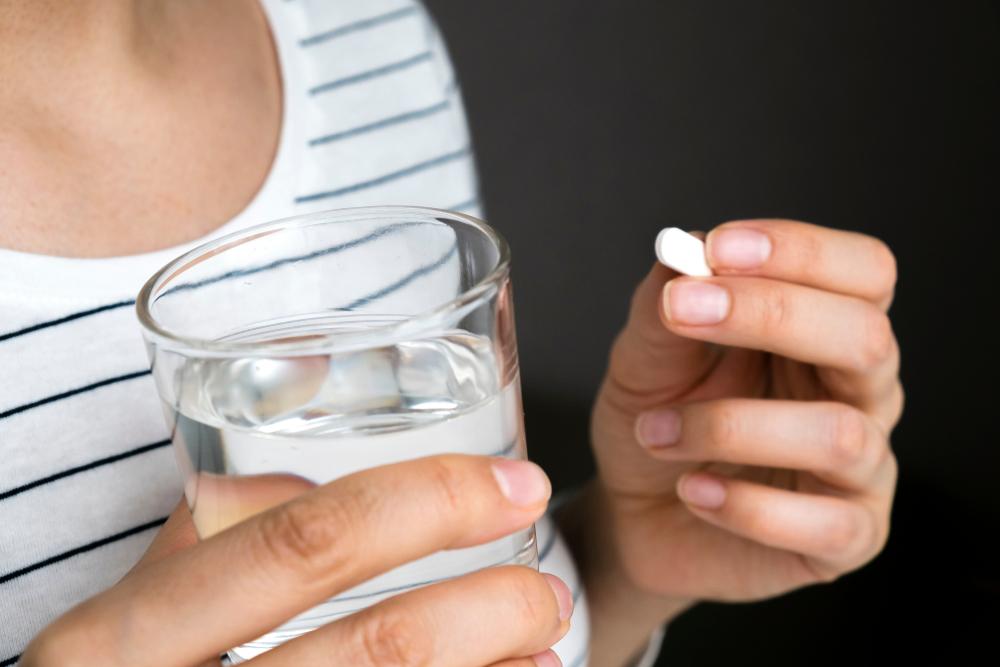Causes & Symptoms
The following can play a part in why someone has rheumatoid arthritis:
Age
Rheumatoid arthritis affects adults of any age, although most people are diagnosed between the ages of 40 and 60. Around three-quarters of people with rheumatoid arthritis are of working age when they are first diagnosed.
Sex
Rheumatoid arthritis is two to three times more common among women than men.
Genetics
Rheumatoid arthritis develops because of a combination of genetic and environmental factors, such as smoking and diet. It is unclear what the genetic link is, but it is thought that having a relative with the condition increases your chance of developing the condition.
Weight
If you are overweight, you have a significantly greater chance of developing rheumatoid arthritis than if you are a healthy weight. The body mass index (BMI) is a measure that calculates if your weight is healthy, using your height and weight. For most adults, an ideal BMI is in the 18.5 to 24.9 range.
If your BMI is:
- below 18.5 – you're in the underweight range
- between 18.5 and 24.9 – you're in the healthy weight range
- between 25 and 29.9 – you're in the overweight range
- between 30 and 39.9 – you're in the obese range.
To work out your BMI, use the healthy weight calculator.
Smoking
Cigarette smoking significantly increases the risk of developing rheumatoid arthritis. If you would like to stop smoking, visit the Smokefree website.
Diet
There is some evidence that if you eat a lot of red meat and don’t consume much vitamin C, you may have an increased risk of developing rheumatoid arthritis.
Symptoms
The main symptoms of rheumatoid arthritis are:
- joint pain
- joint swelling, warmth and redness
- stiffness, especially first thing in the morning or after sitting still for a long time.
Other symptoms can include:
- tiredness and lack of energy – this can be known as fatigue
- a poor appetite (not feeling hungry)
- weight loss
- a high temperature, or a fever
- sweating
- dry eyes – as a result of inflammation
- chest pain – as a result of inflammation.
Rheumatoid arthritis can affect any joint in the body, although it is often felt in the small joints in the hands and feet first. Both sides of the body are usually affected at the same time, in the same way, but this doesn’t always happen.
A few people develop fleshy lumps called rheumatoid nodules, which form under the skin around affected joints. They can sometimes be painful, but usually are not.


